Can someone please explain to me.....?
bkinsey
14 years ago
Related Stories
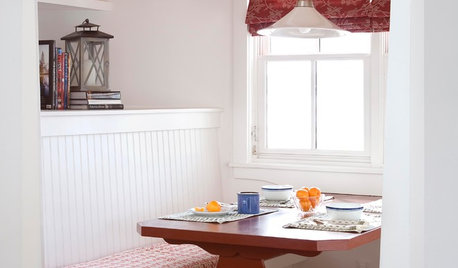
KITCHEN DESIGNKitchen Banquettes: Explaining the Buffet of Options
We dish up info on all your choices — shapes, materials, storage types — so you can choose the banquette that suits your kitchen best
Full Story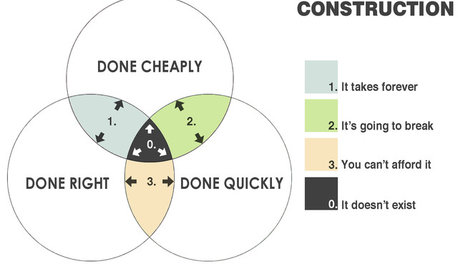
COFFEE WITH AN ARCHITECTThe Elements of Design Explained With Venn Diagrams
Design doesn't have to be hard to understand. It just needs the right presentation
Full Story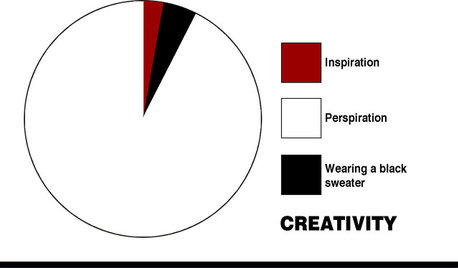
COFFEE WITH AN ARCHITECTDesign Explained in Pie Charts
If you've ever wondered about the creative process of architects and designers, check out these simple charts
Full Story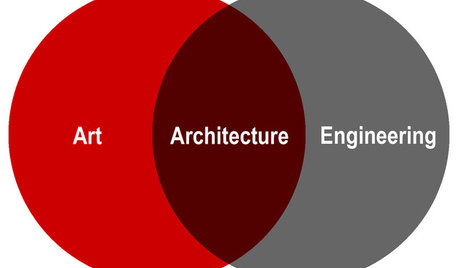
COFFEE WITH AN ARCHITECTArchitecture Explained in Venn Diagrams
An analysis of the design profession using pure geometry and angst
Full Story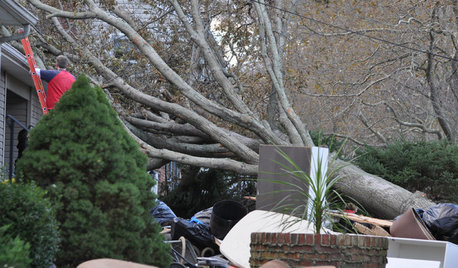
DISASTER PREP & RECOVERY7 Ways to Help Someone Hit by a Hurricane
The best things you can do in the wake of devastation are sometimes the most surprising
Full Story
HOME OFFICESQuiet, Please! How to Cut Noise Pollution at Home
Leaf blowers, trucks or noisy neighbors driving you berserk? These sound-reduction strategies can help you hush things up
Full Story
MOST POPULAR9 Real Ways You Can Help After a House Fire
Suggestions from someone who lost her home to fire — and experienced the staggering generosity of community
Full Story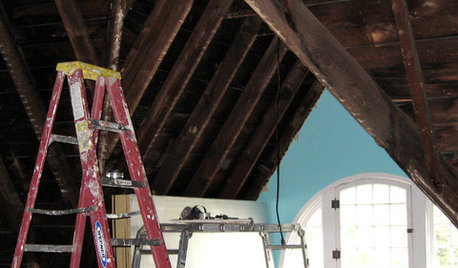
REMODELING GUIDES8 Lessons on Renovating a House from Someone Who's Living It
So you think DIY remodeling is going to be fun? Here is one homeowner's list of what you may be getting yourself into
Full Story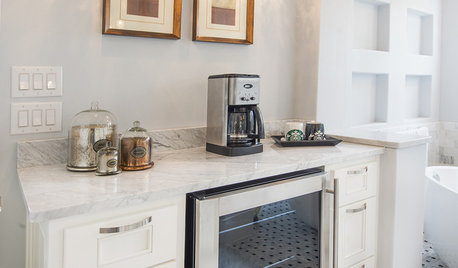
BATHROOM DESIGNUpload of the Day: A Mini Fridge in the Master Bathroom? Yes, Please!
Talk about convenience. Better yet, get it yourself after being inspired by this Texas bath
Full Story
HOUSEPLANTSMother-in-Law's Tongue: Surprisingly Easy to Please
This low-maintenance, high-impact houseplant fits in with any design and can clear the air, too
Full Story






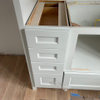
pinch_me
palimpsest
Related Professionals
Amherst Kitchen & Bathroom Designers · Plymouth Kitchen & Bathroom Designers · United States Kitchen & Bathroom Designers · Cherry Hill Kitchen & Bathroom Designers · Ogden Kitchen & Bathroom Remodelers · Rancho Palos Verdes Kitchen & Bathroom Remodelers · Middlesex Kitchen & Bathroom Remodelers · Plant City Kitchen & Bathroom Remodelers · Country Club Cabinets & Cabinetry · Brea Cabinets & Cabinetry · Lockport Cabinets & Cabinetry · Maywood Cabinets & Cabinetry · Newcastle Cabinets & Cabinetry · Bellwood Cabinets & Cabinetry · Bell Design-Build Firmsrufinorox
cawfeegirl
altagirl
remodelfla
chris45ny
remodelfla
kompy
reyesuela
judydel
bkinseyOriginal Author
kompy
bkinseyOriginal Author
kompy
belasea
lizziebethtx
kompy
kompy
reyesuela
kompy
lamermaid
pinch_me